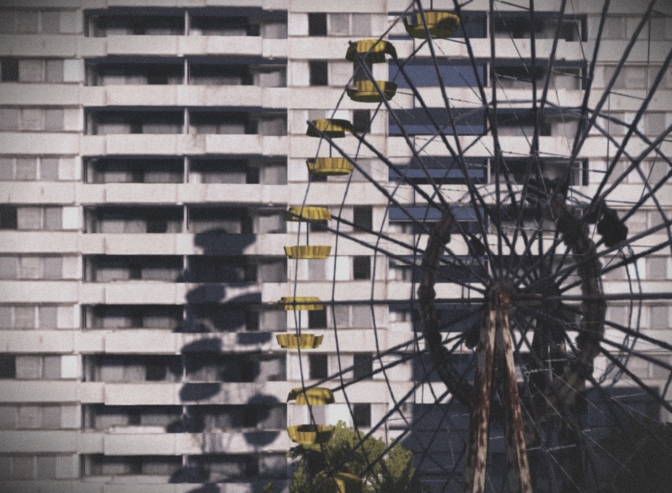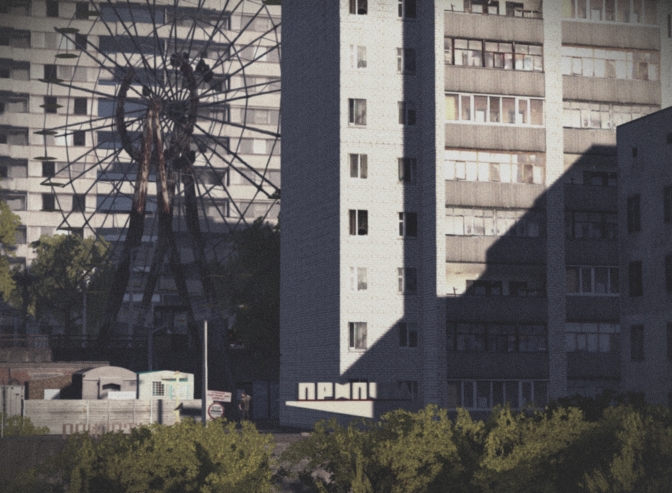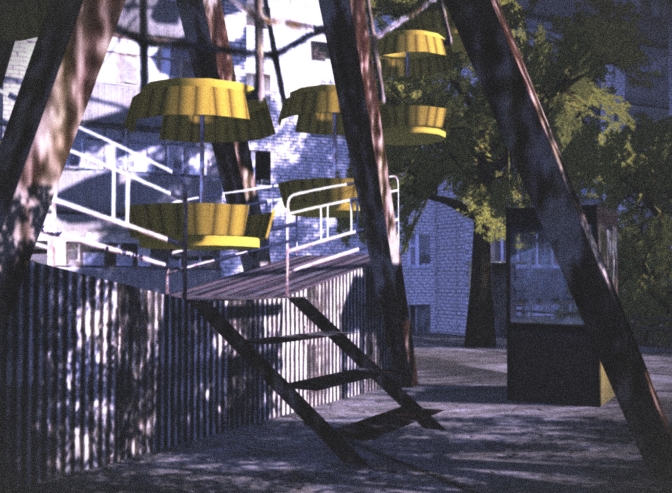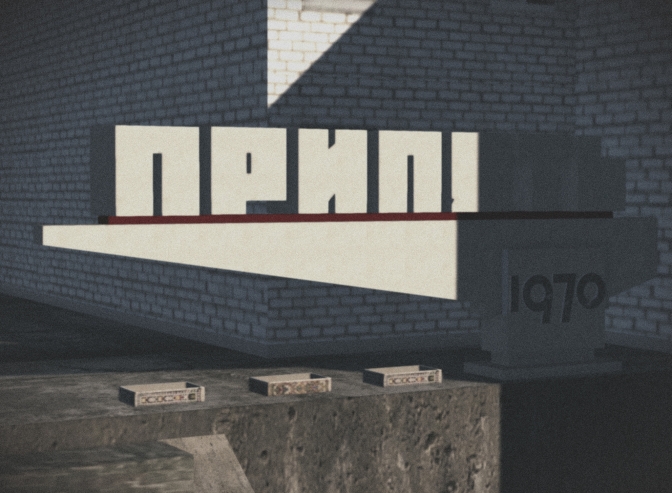
Thirty years ago this week, reactor number four at the Chernobyl nuclear power plant exploded, creating the worst nuclear power plant disaster in history and causing 31 deaths directly in the immediate clean-up and an estimated 4,000 deaths across Europe in the years following (according to WHO).

The accident led to the total evacuation of Pripyat (При́пять), the nearby city built for Chernobyl workers. In a single day, a ghost city was created as nearly 50,000 people left their homes. Today, the city remains deserted; a frozen snapshot, a decaying shrine to the Soviet state. At the heart of the 1000 square mile Chernobyl Exclusion Zone, it is now visited only by tourists and scientists, some of the former even posing for photographs in the famous ferris wheel featured in so many photographs. Mostly the radiation level in the city is low, but the zone as a whole remains one of the most radioactively contaminated areas in the world.

I must admit, I’d love to visit Pripyat. I have a fascination for most relics from the cold war era, including its buildings and structures. Pripyat has been looted many times over for memorabilia, but it is more the open city that I would like to experience, one created from scratch in a short amount of time and then never allowed to evolve beyond its original design.

But it’s more than just an aesthetic appreciation. These are homes. These were homes. Pripyat is a reminder that anything can end. We see such reminders all the time when we see news reports from war-torn nations, but the buildings there are so reduced to rubble that it’s almost impossible to identify with them as everyday homes and places of work. Take a look around your home right now. Imagine the ceiling hanging in places and the plaster missing from the wall in large, discoloured patches. Imagine the windows smashed and the rain coming in. Imagine plant life working its way in through a crack in the wall. Imagine it cold, damp, empty, dead; no sign remaining of all the happy times you’ve had there. Now look at it as it is right now, lived in and warm and lit. Do you like what you see just that little bit more than you did two minutes ago?

I was pleased to see that a tribute of sorts to Pripyat has been created in SL. Created by Lee Egoyan, owner also of the Urban Degenerate brand, it’s more a collection of some of Pripyat’s most iconic artefacts than it is any sort of faithful recreation of the city, but it retains an eeriness of sorts, nonetheless, and makes a great setting for photographs. It makes me wonder what sort of virtual tourism will become possible in the future, where the obstacle to visiting is less a financial one and more one of – let’s say, for example – fear of radiation.